Welcome back to our “Year in the Organic Garden Series!” In July, we were watering, fertilizing, harvesting and even getting started on our Fall gardens. If you missed the post, or want to refresh your memory, please take a look at July in the Organic Garden.
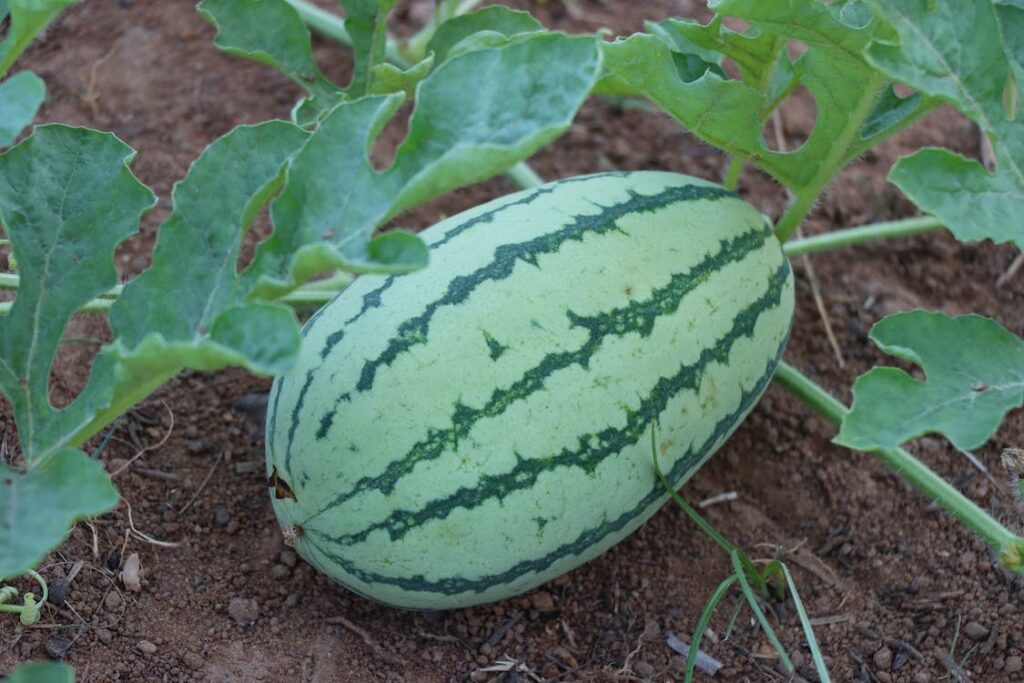
In August, our Summer garden’s harvest is at its peak and the transition to Fall gardening is imminent. Read on for our suggestions on how to make the most of the month. As always, we welcome your own comments, questions and contributions to help make this an even more useful resource for our readers.
Harvesting this Month
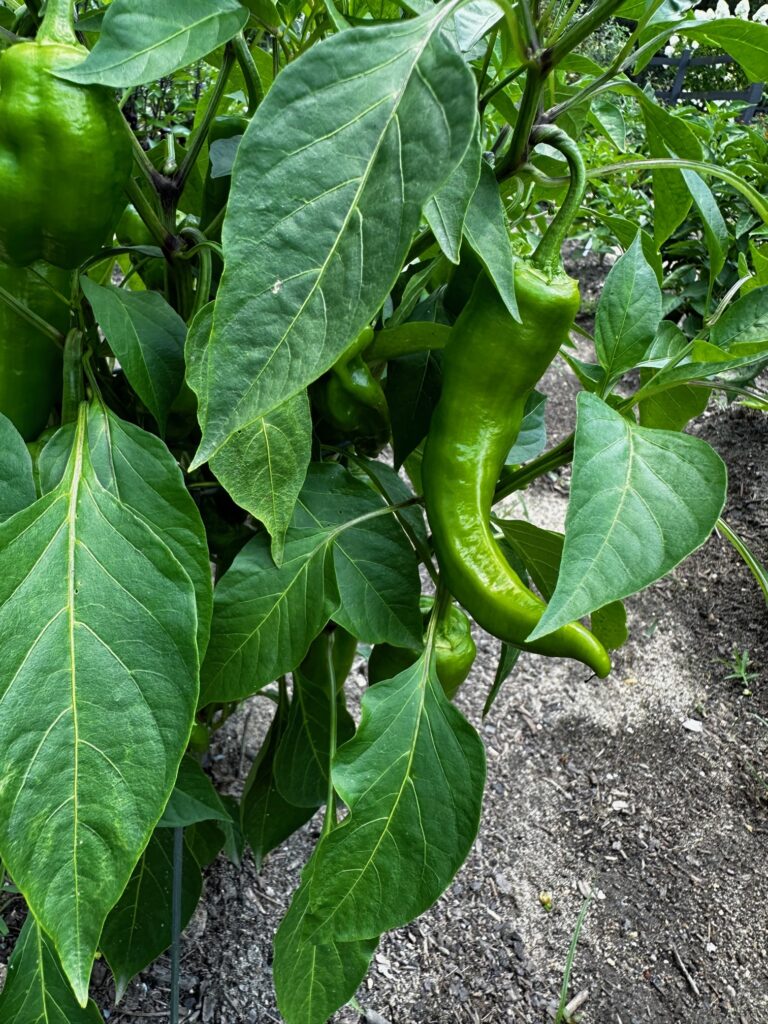
An incomplete list of crops that you can harvest this month:
- Tomatoes (see note below)
- Peppers
- Cucumbers (harvest before they start to yellow)
- Melons
- Squash
- Beans
- Okra (harvest when about finger-length…bigger = woody texture)
- Herbs
- Corn
- Grapes
- Figs (try on wood-fired pizza!)
- Peaches
- Early Apples
- Raspberries
- Blackberries
- Blueberries (later varieties)
It would almost be easier to make a list of what’s not in season!
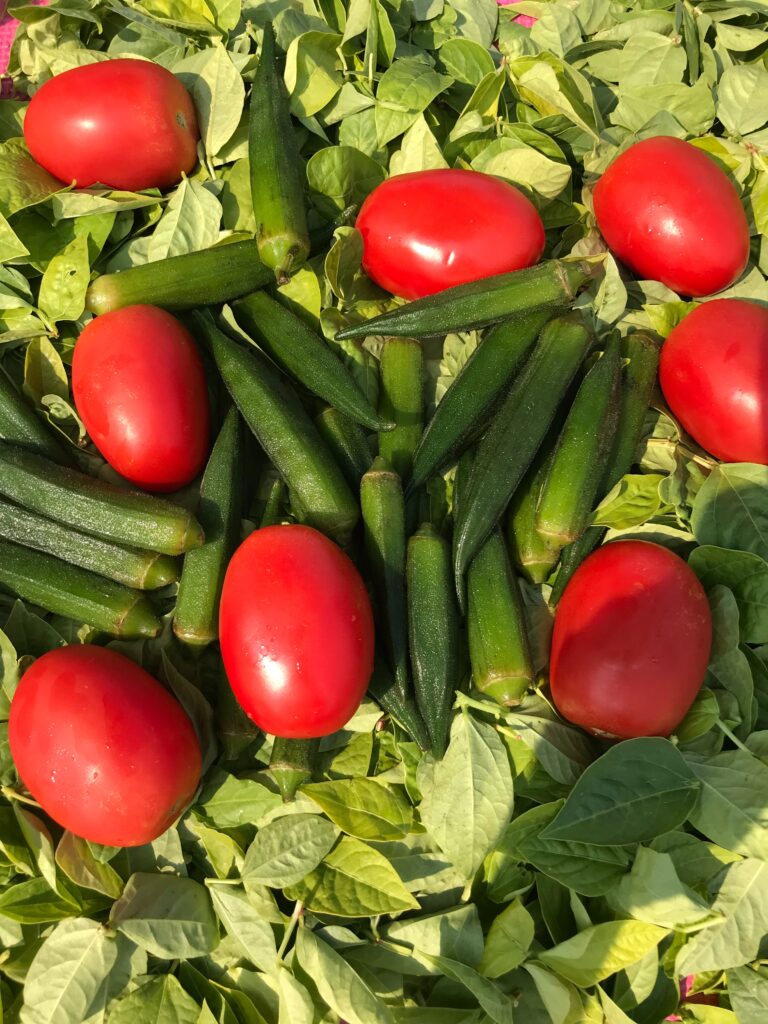
On tomatoes, oftentimes wildlife will decide to harvest them just as, or right before, they reach peak ripeness. If this is the case in your garden, try harvesting yours just as they are turning color (blushing).
When left on a window sill, tomatoes will fully ripen in a few days and taste just as good as if they had stayed on the vine. Not all squirrels, birds and insects know this trick…so tip the odds in your favor!
Suggestions for what to do with your Harvest
Fresh is best, so enjoy! Give new recipes a try &/or work new fresh ingredients into your favorite dishes.
Sharing your harvest with family and friends spreads goodwill and maybe even inspires a few folks to give organic gardening a shot next season!
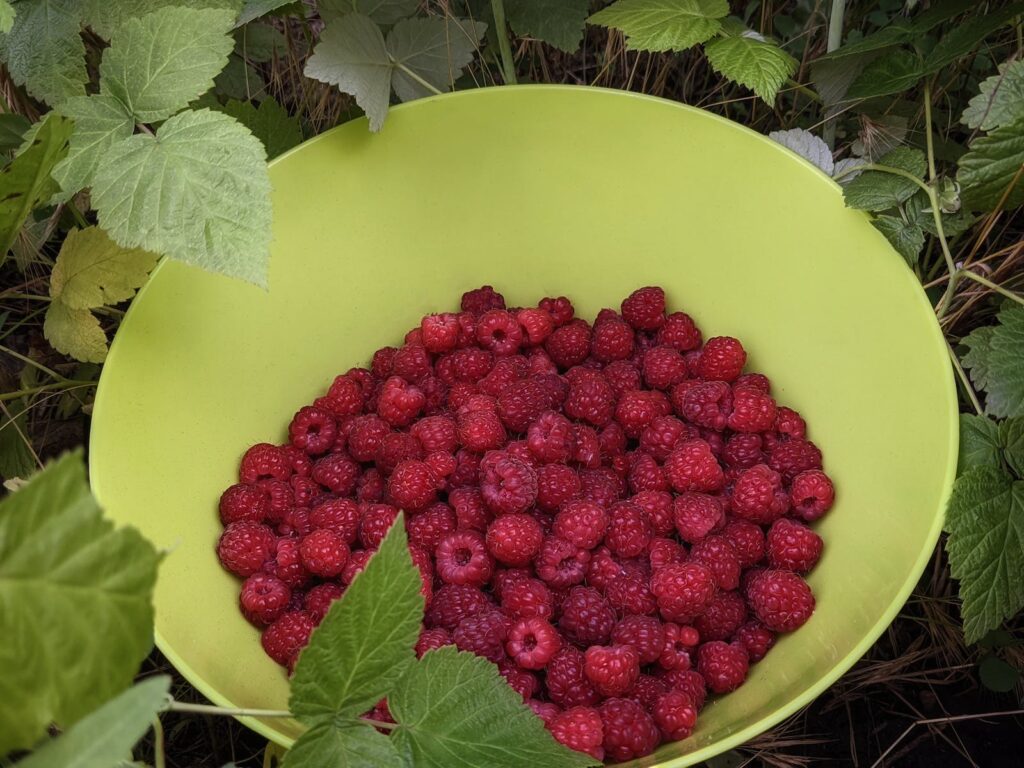
When that’s done, preserve what’s left to enjoy Summer’s flavors throughout the year. There are so many ways to do so: freezing, canning, drying, fermenting, pickling, jellies, jams and more! While each of these can be a bit of a chore, if done in a group the shared experience is a great way to make memories and something delicious too.
Detailed food preservation instructions are beyond the scope of this series. Luckily, several of our contributors have shared their favorite ways to preserve their harvests on our blog before.
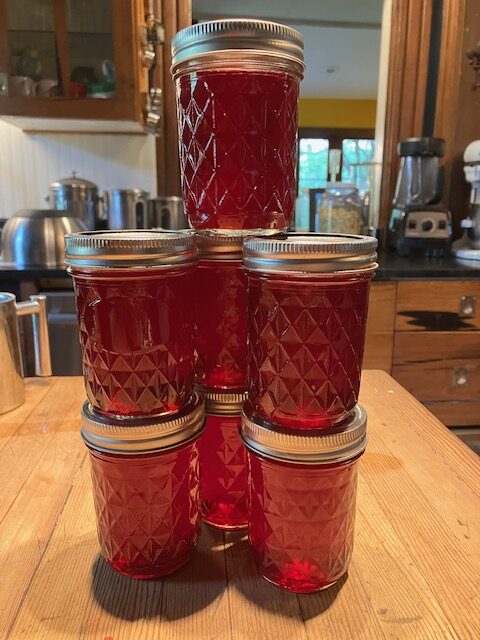
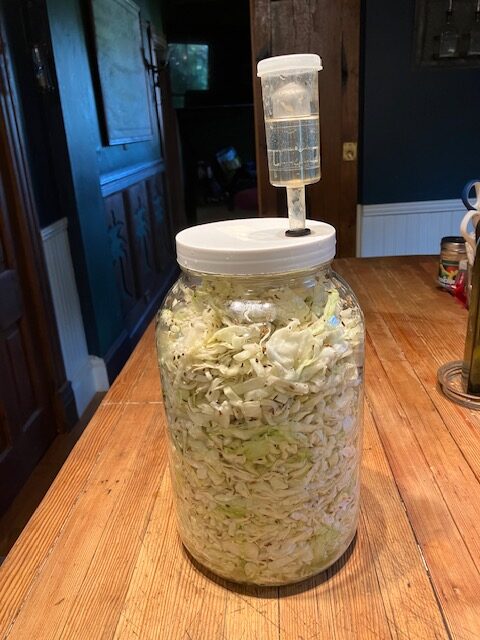
Here are some posts that are worth checking out for ideas and inspiration:
- Preserving the Abundance of Summer
- Simple Small-Batch Vegetable Ferments
- The Lowdown on Food Fermentation
- Tutti Frutti; A Magical Elixir
- Aunt Bee’s Pickles? Aw, Heck to the No!
Have fun and please share your own suggestions in the comments section!
Preparations for your Fall Garden
While it may seem strange to think about “cool season” crops while it’s still hot outside…it’s time. Just like we did in our February post, you can start a wave of Fall (cool season) crops from seed this month. Start those crops you plan to transplant early in August (cabbage, kale, collards, broccoli, cauliflower, etc.). This will give them time to mature before transplanting.
Later in August, depending upon conditions, you can also direct sow lettuce, radish, peas, beets, carrots and more. Remember to keep the seed bed moist through germination and until seedlings have a well-established root system. It’s easy to fry new seedlings this time of year. Frequent watering and shade cloths are your best defenses!
Looking Forward to September!
In September, you will likely still have some Summer crops hanging in there and the Fall gardening season is officially fully started. We will discuss edible crops and cover crops then. Also, after a busy summer of growing, your soil will benefit from a round of compost and fertilization.
Thank you for taking the time to read through this guide. We welcome your comments and questions. Happy organic gardening!

Leave a Reply